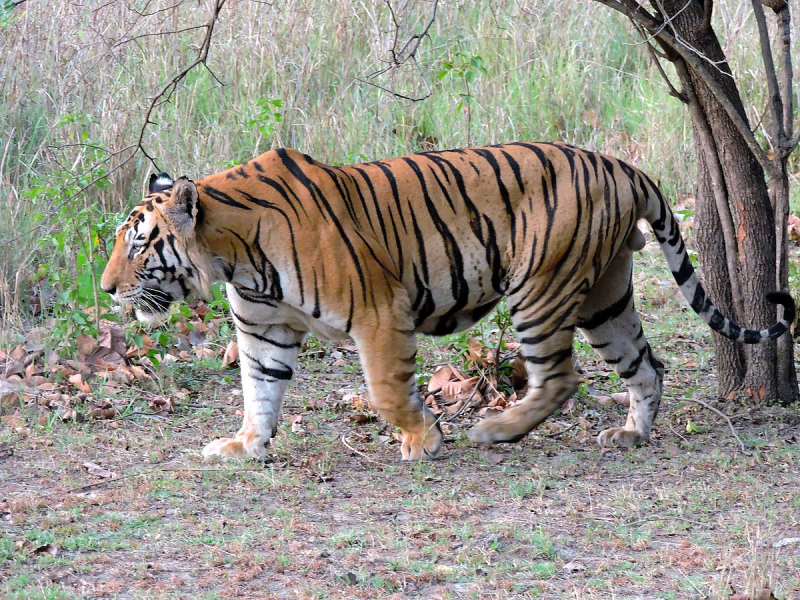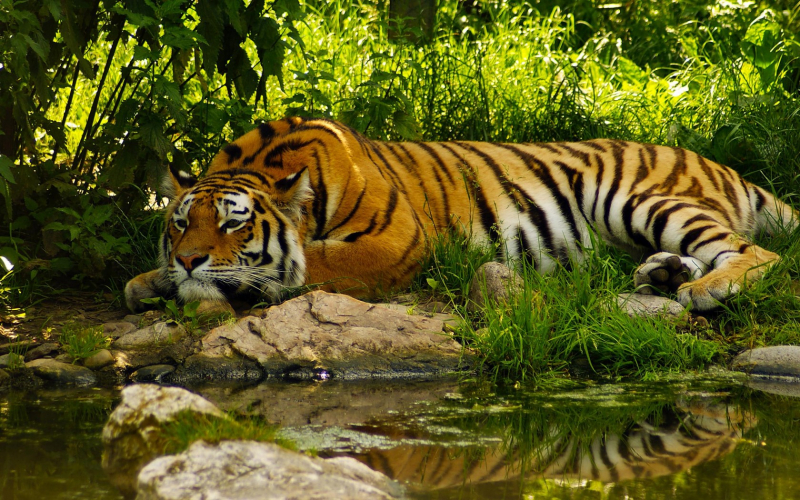Bengal Tiger
One of the most dangerous animals in Asia is the Bengal tiger. The Panthera tigris tigris subspecies includes the Bengal tiger in its population. It is one of the largest wild cats still in existence. It is regarded as a member of the charismatic megafauna.
It is believed that tigers have lived on the Indian subcontinent since the Late Pleistocene, or between 12,000 and 16,500 years ago. Poaching, habitat degradation, and fragmentation are its current threats. By 2011, it was believed that there were fewer than 2,500 wild individuals left. There aren't any Tiger Conservation Landscapes in its range that are deemed big enough to sustain a population of more than 250 adults.
Due to its unique skin and usage of its body parts in traditional medical practices, the Bengal tiger has been a target for both hunters and locals. But those are not the only causes of Bengal tigers' extinction. The Bengal subspecies of tigers is the largest subspecies of tigers in the world.
The Bengal tiger is the apex predator in the food chain and is capable of suffocating even a buffalo weighing several tons. In actuality, several Bengal tigers have eaten humans. The Bengal tiger, which lives in East and Southern Asia, can grow to 3.2 m in length and weigh more than 230 kg. Bengal tigers are capable of running at 65 km/h.












